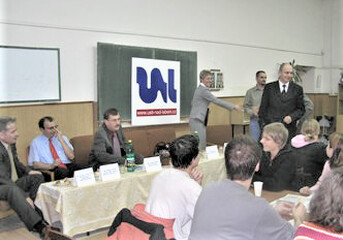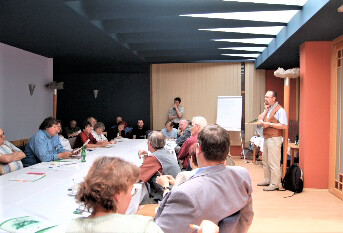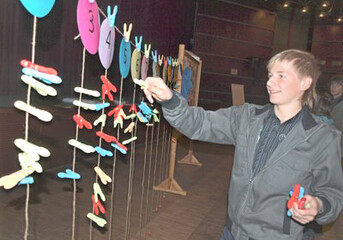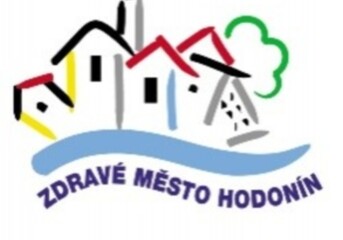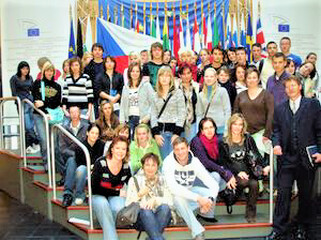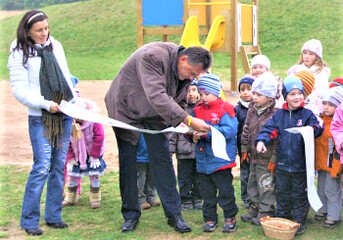NORSKO: Participatory tool Place Standard - practice from Norway 
In Norway, the tool was translated into Norwegian and pilot testing took place in 4 cities with the intention of finding out how it works in the Norwegian context and possibly adapting it before it is made available in the entire network of Norwegian Healthy Cities.
Basic information
| Name of the city/town/region: | |
|---|---|
| E-mail: | |
| Subject: |
Komunikace mezi veřejnou správou, občany a dalšími subjekty, participace |
Description and outputs |
|
| Describe the main purpose / aim of your activity / project. What were its side effects or secondary results? | The place where we spend our time has an important influence on our lives and our sense of satisfaction. The Place Standard tool makes it easier to create healthy, inclusive and socially sustainable communities. It was developed in Scotland to create a simple framework for stimulating and structuring a discussion about a particular place - a village, a part of a village, a future development. It can be used for places that are already established, are undergoing changes or are still in the planning phase. The tool is intended for everyone – communities, the public sector, voluntary and non-profit organizations and the private sector. Its use is simple and free. The tool enables discussions on all elements of a given place. The site evaluation questions are divided into 14 basic areas with sub-categories. These 14 main questions include, for example, transport, green elements, playgrounds, a sense of security, or employment opportunities. The tool can be used either in paper form or online at http://www.placestandard.scot/#/home. There is also a Place Standard app for Apple or Android devices. The procedure is that everyone (or the whole group by agreement) rates each question on a scale of 1-7 and draws a point in a diagram, in the online version the diagram is created by itself based on the answers. Gradually, the points are connected and a graph is created. There is a free space for comments or other comments for each question. When the graph is ready, it can be further worked with - for example, to determine priorities and actions. One of the Norwegian municipalities where they tested the tool was Indre Østfold, a new municipality established in 2020 that was created by merging five municipalities. The tool was used as part of planning events in 13 different communities with the aim of socially connecting this new community. Workshops were organized, where local residents, organizations and business owners met together with local politicians to discuss local development, problems and plans for improvement. The Place Standard Tool helped them better structure the discussion and better get to what's important. Thanks to this, the politicians gained a detailed overview of specific problems in the communities, and based on the ideas from these workshops, a number of new initiatives are being created - e.g. a digital outdoor playground for children and youth, hiking trails, a track with a pump track or places to sit. Based on successful pilot testing, we offered this tool to all members of the Norwegian Healthy Cities network, and we are seeing interest not only from them, but also from non-member cities. |
|---|---|
| Start of activity: | 01.01.2020 |
| End of activity: | 01.01.2021 |
| Attachment | Place Standard Tool brožura PDF (680 kB) |
| How was the activity funded? | The municipality financed the activity from its own resources |
Recommendations and inspiration |
|
| What recommendations / advice can be deduced from the implementation of your activities and provided to other municipalities with a similar intention? | Test the Place standard first with fellow placemakers. They will familiarize themselves with the tool and be prepared for what the outcome of citizen engagement through this tool can mean for their work and projects.
|
Monitoring and evaluation |
|
| Has the impact of the implemented activity / project been measured and evaluated in any way? | The participants of the workshops responded very positively. They felt that using the tool they were better able to convey information about how they perceive their surroundings to local politicians and the authority. |
| Do you plan to further develop/maintain the activity/project? | The Norwegian Healthy Cities Network shares the Norwegian version of the tool with the entire network and is often contacted by cities outside the network to use the tool. Multiple cities are using it, but we don't have track of which ones because we have the tool available on our website so members can download it themselves. |
Media, promotion |
|
| How was the communication with the media and what were the media outcomes? | Several articles have been published about the Place standard tool and its use in Norway... |
Partakers |
|
| Name: | obec Indre Østfold |
| Company number or other registration data: | 920 123 899 |
| Address: | Indre Østfold, Norsko |
| Web: | https://www.io.kommune.no/ |


